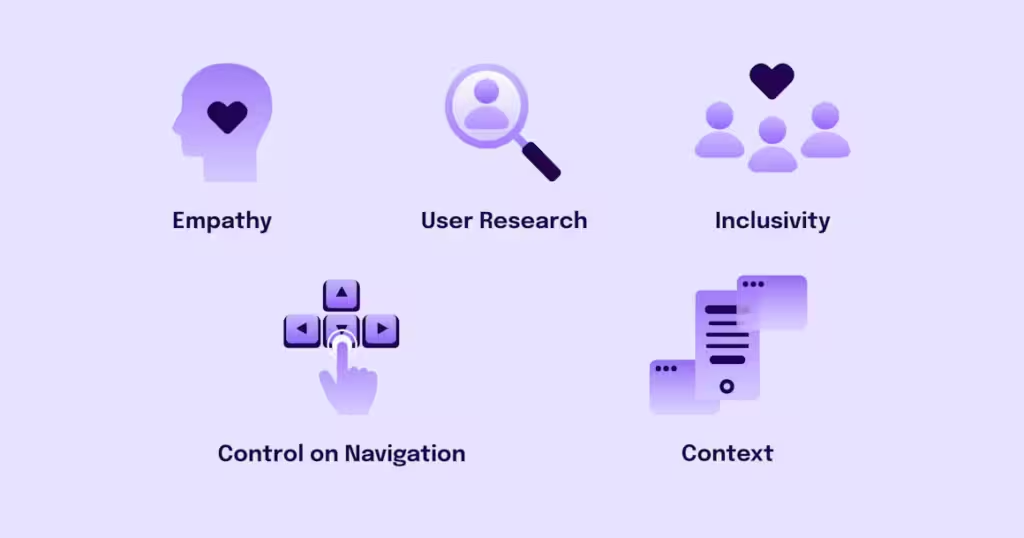In today’s digital landscape, sustainable UX design is more crucial than ever. By adopting eco-friendly practices, you can significantly reduce your carbon footprint while enhancing user experience. This approach involves optimizing website performance, minimizing energy consumption, and considering the environmental impact of design choices. For instance, reducing image sizes, using energy-efficient color schemes, and streamlining code can make your website faster and more sustainable. These practices not only benefit the environment but also improve site speed and user satisfaction. By implementing sustainable UX, you reduce your carbon footprint and set a positive example in the tech industry.
Minimizing carbon footprints can be challenging for users, especially in a world where technology drives efficiency and connectivity. Slowing down or using less tech might feel counter-intuitive. That’s why the responsibility falls on designers to guide users toward more sustainable device usage. The key is to create a user experience that’s inherently eco-friendly. By designing with sustainability in mind—optimizing performance, reducing energy consumption, and making environmentally conscious choices—designers can encourage users to adopt greener habits without compromising the convenience technology offers. Sustainable UX design makes it easier for users to lower their carbon footprint while still enjoying a seamless digital experience.
3 Sustainable UX Tips to Reduce Your Carbon Footprint
1. Make your UX accessible

To effectively influence user behavior and enhance efficiency, focus on improving the accessibility of your interface and UX. This involves making content easy to read and navigation straightforward. The simpler it is for users to locate content, the fewer pages they’ll need to load to move from Point A to Point B.
You can optimize the user experience through accessibility design in several ways. Start by using color and contrast to direct users to key elements on your site or app. Proper color choices can enhance call-to-actions and foster more intuitive interactions.
2. Design for Optimal Performance
Performance is a major challenge for designers today. Page weight and speed significantly impact user experience and your brand’s financial success. By prioritizing web performance optimization, you not only help users consume less data but also keep them engaged and satisfied.

As Sustainable UX highlights, sustainable design involves more than just using renewable-powered web servers: “Every byte sent over the internet consumes energy at each stage. Therefore, the most effective approach is to minimize the data your design requires by adhering to best practices in Web Performance Optimization.
3. Go mobile-first
Mobile-first design holds significant potential for enhancing online sustainability. By designing for small screens first, you shift your focus toward what works within limited space, streamlining the design process. As Luke Wroblewski suggests, mobile-first design compels you to prioritize essential data and actions, building up from there.

Moreover, as highlighted by Sustainable Web Design, mobile-first approaches encourage users to bypass loading large assets intended for desktop, leading to more efficient and sustainable web experiences.
Incorporating sustainable UX practices is not only beneficial for the environment but also enhances the overall user experience. By prioritizing energy efficiency, optimizing digital content, and embracing mobile-first design, you can significantly reduce your carbon footprint while creating more accessible and effective digital products. Small changes in how we approach UX design can make a big difference, helping us to build a greener, more sustainable digital future. Start implementing these tips today and contribute to a more eco-friendly online world.




